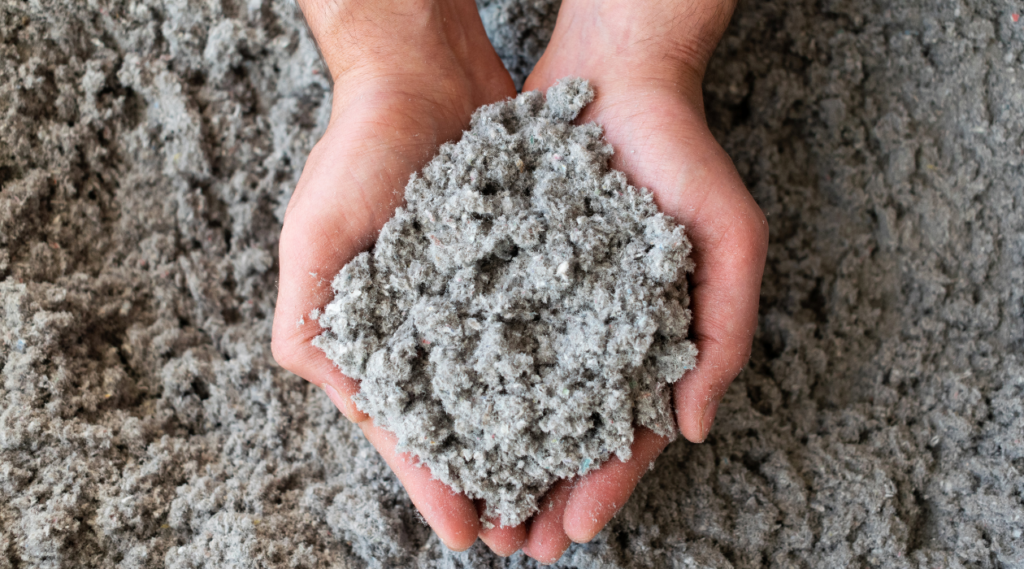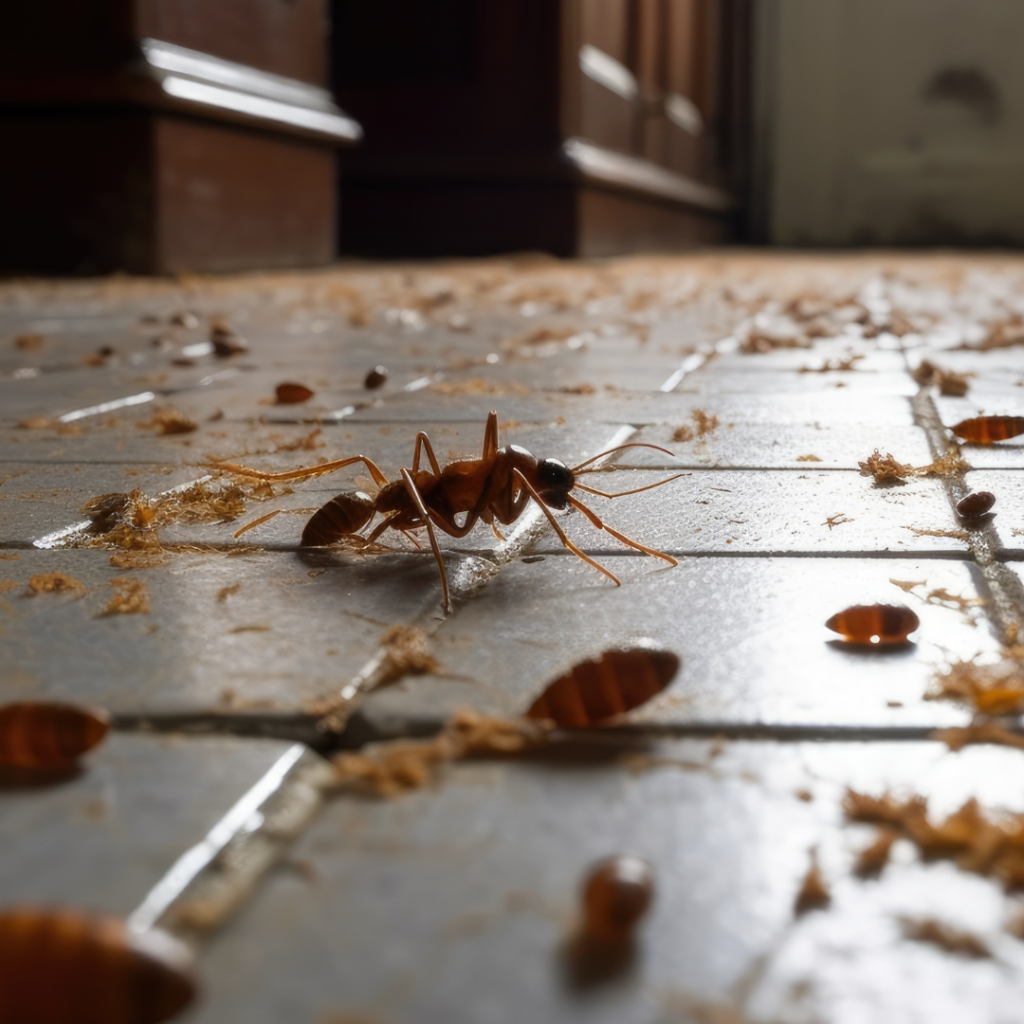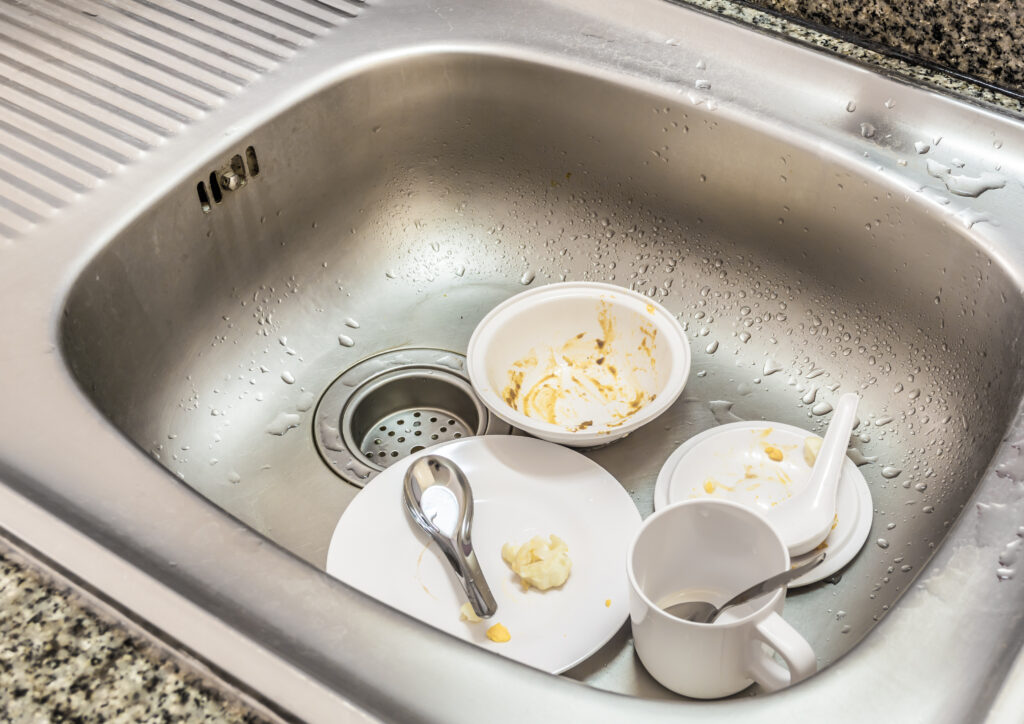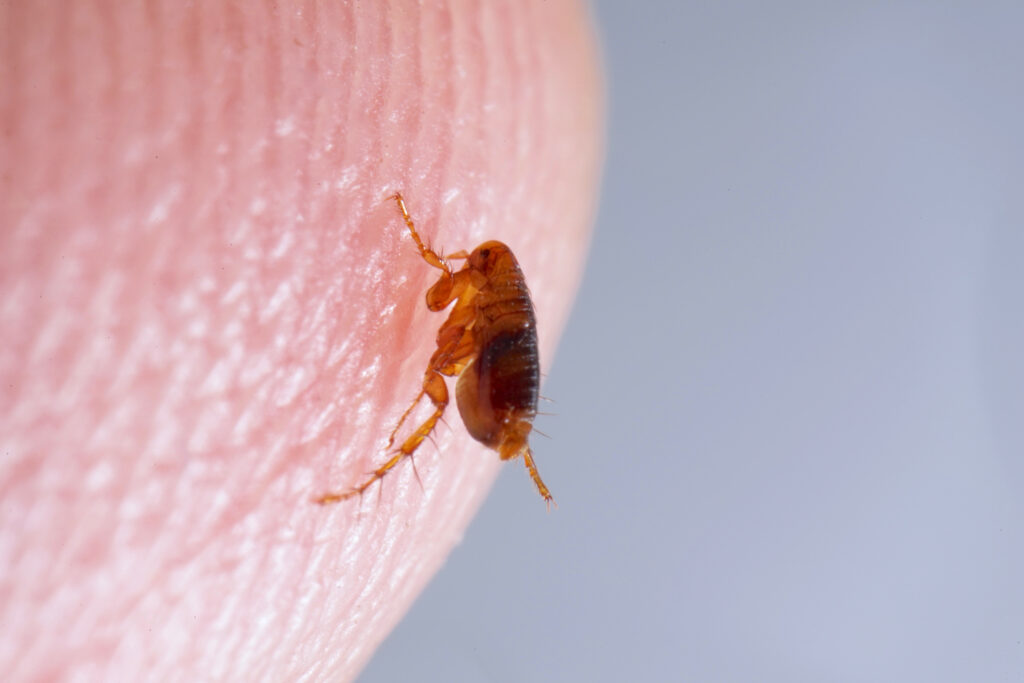
In the sunny state of Florida, where temperatures can soar and pests are a constant nuisance, finding the right insulation for your home is crucial. That’s where TAP Insulation comes in. It’s a game-changer for home comfort, safety, and pest control.
What is TAP Insulation?
TAP, short for Thermal, Acoustical, Pest Control, is a specialized type of insulation designed to provide superior thermal and acoustic insulation properties while also acting as a barrier against common household pests. Made primarily from recycled paper, it’s an eco-friendly solution that offers unparalleled performance and peace of mind for homeowners.
Is TAP insulation the same as cellulose insulation?
TAP insulation is a cellulose insulation; however, it is different from traditional cellulose insulation because it is a pesticide.
As stated by the Department of Energy, cellulose insulation is comprised of recycled paper materials, predominantly sourced from newsprint, diverting recyclable paper from landfills and boasting an impressive recycled content ranging from 82% to 85%. To process cellulose insulation, the paper is cut into small pieces before being fiberized, resulting in a tightly packed product that’s ideal for filling building cavities.
The fiberizing process includes an additional step. This is where TAP insulation is infused with borates through a proprietary process. Boric acid adheres to pests as they move through or settle in the insulation. Given that these pests are self-grooming insects, they inadvertently ingest boric acid while grooming. They cannot expel boric acid from their systems so it accumulates, ultimately leading to their demise through dehydration, malnutrition, or a combination of both factors.
Some insulations are marketed as treated insulation, which means it was treated with an EPA-registered pesticide. While this may sound similar, being treated by is drastically different from being an EPA-registered pesticide. Treated insulation will not achieve the same effect when it comes to pest control. TAP pest control insulation is an EPA-registered pesticide.
Is TAP insulation fiberglass?
No, TAP insulation is NOT fiberglass. It is made primarily of recycled paper products.
We often get questions like, ‘Is TAP insulation better than fiberglass?’ and when it comes to TAP insulation vs. fiberglass, we see TAP as the clear winner.
The cellulose fibers link together to construct insulation that effectively blocks air movement yet remains lightweight enough to provide temperature control assistance, keeping your AC in during the hotter months and trapping heat in the winter.
TAP has an impressive R-Value of R-3.6 per inch, surpassing the R-Value of most loose fiberglass insulations, which typically rate at R-2.5 per inch. The R-Value of insulation measures its ability to resist heat traveling through it.
In simpler terms, using TAP pest control insulation requires less material to safeguard your home.
Fire Retardant Capabilities of TAP Insulation
Of course, we are a pest control company and fire safety is not our focus area. By no means do we wish to imply that TAP insulation will make your home fireproof. That is not the case. However, compared to other types of insulations or using no insulation at all, cellulose insulation can extend burn time.
Borate is the primary ingredient used to make cellulose insulations fire retardant. TAP insulation has the highest concentration of borate at 12.5%. According to the manufacturer: “TAP Pest Control Insulation meets or exceeds all necessary fire safety requirements conducted in accordance with ASTM standards.”
Fiberglass insulation melts in extreme heat. Once melted, the structure is exposed, and fire impacts it as if it did not have insulation from that point on. The melting of the fiberglass does prolong fire resistant time compared to a structure with no insulation; however, fiberglass does not prolong fire resistance to the extent that cellulose insulation does.
Spray foam insulation is made of plastic and is therefore flammable. Oftentimes, to treat the spray foam insulation, a thick layer of fire-retardant paint must be applied before the structure is safe again. It also is generally not advisable to use spray foam insulation near heat sources.
For reference, the official definition of fire-retardant is “having the ability or tendency to slow up or halt the spread of fire (as by providing insulation).”
When it comes to fire safety, be sure to follow the best practices put forth by your local fire department or other fire safety professionals.
TAP Insulation vs. Spray Foam Insulation
While spray foam insulation has become a trendy choice for many homeowners, it comes with its fair share of drawbacks, especially when compared to TAP Insulation.
Cost:
The initial cost of spray foam insulation tends to be higher than TAP Insulation. Additionally, spray foam may require periodic maintenance and reapplication, adding to the long-term expenses. TAP Insulation, on the other hand, offers a cost-effective solution with minimal maintenance requirements.
When you have TAP Insulation installed, you could also be eligible for a tax credit for 30% of the product cost with a maximum credit of $1,200.
Pest Control:
While both insulation types provide thermal and acoustic benefits, TAP Insulation goes the extra mile by incorporating pest control properties. It contains a pesticide that is effective against a wide range of pests, including ants, cockroaches, and drywood termites. This added layer of protection helps to maintain a pest-free environment for your home, a feature lacking in spray foam insulation.
Environmental Impact:
TAP Insulation stands out for its eco-friendly composition, being made from recycled paper. TAP is also an ENERGY STAR® partner. In contrast, spray foam insulation contains chemicals that can be harmful to the environment and contribute to pollution.
Versatility:
TAP Insulation can be installed in various areas of the home, including attics, walls, and crawl spaces. Its flexibility makes it suitable for both new construction and retrofit projects. Spray foam insulation may have limitations in terms of application areas and may not be suitable for certain types of structures. Spray foam also comes with the risk of overapplying and covering areas that need to be ventilated, which can lead to bigger problems for your home.
Is there a Downside to Spray Foam Insulation?
Unfortunately, yes, and there’s more than one. While some argue that spray foam insulation offers benefits, it has notable downsides that may make homeowners think twice before choosing it for their properties. So, what are the negatives of spray foam?
Chemical Exposure
The chemicals used in spray polyurethane foam, such as isocyanates and polyols, can pose health risks during installation and may continue to release gas over time, affecting indoor air quality.
According to the Environmental Protection Agency, “Exposure to isocyanates may cause skin, eye and lung irritation, asthma, and ‘sensitization.’ Isocyanates are irritants to the mucous membranes of the eyes and gastrointestinal and respiratory tracts.”
In addition to isocyanates and polyols, foam blowing agents may cause adverse health effects. The blowing agent is what helps to turn liquid plastic resin into a structure with tiny air pockets.
Spray Foam Insulation Moisture Problems
Improper installation of spray foam insulation can lead to moisture problems, including mold and mildew growth. Once moisture infiltrates the foam, it can be challenging to detect and address, potentially causing structural damage over time. Spray foam is likely not the best fit when dealing with excess humidity like we have in Florida.
Bad smells from moisture issues aren’t the only potentially stinky risk. If the chemical mix isn’t right in your spray foam, it might produce a smell because of a process known as off-gassing.
No Pest Control Benefits
Unlike TAP Insulation, spray foam insulation does not offer built-in pest control properties. This can leave homes vulnerable to pest infestations, especially considering that spray foam can hide termite infestations.
In some cases, pest control companies have reported the need to reevaluate termite warranties if a homeowner installs spray foam insulation because it hides termite activity and prevents proper termite inspections.
Difficulty in Removal
Removing spray foam insulation can be a labor-intensive and expensive process. Whether due to renovation or repairs, homeowners may find themselves facing significant challenges if they need to remove or replace the insulation. Removing spray foam insulation can damage wood because it bonds so tightly to any surface it’s applied to. Problems with spray foam insulation in attics could result in roof damage.
When it comes to the disposal of foam insulation, assuming the removal is successful, it cannot be recycled, reused, or burnt. The foam must go to a landfill.
Impact on Resale Value
One of the disadvantages of spray foam insulation is the impact it can have on the resale value of your home. But why is it hard to sell a house with spray foam insulation?
Improper installation of spray foam insulation can result in the aforementioned issues – moisture, smells, structural damage – so it’s no surprise that foam can scare buyers off. When deciding on what type of insulation is right for your home, make sure to take all factors into account.
The TAP Insulation Advantage
One of the standout features of TAP Insulation is its effectiveness in pest control. The insulation incorporates a borate-based pesticide that acts as a barrier against common household pests. When pests come into contact with TAP Insulation, the pesticide is transferred to their bodies. Because insects are self-cleaning, they consume the substance accidentally while grooming. It disrupts their digestive systems, ultimately leading to their demise.
In the realm of home insulation, TAP Insulation emerges as a clear winner, offering superior thermal and acoustic properties alongside effective pest control capabilities. Compared to spray foam insulation, TAP Insulation provides a more cost-effective, eco-friendly, and versatile solution for homeowners in Florida.
Incorporating TAP Insulation into your home is a smart investment that pays dividends in comfort, energy savings, and peace of mind. As you explore your insulation options, consider the long-term benefits of TAP Insulation and how it can transform your living space for the better. With its innovative approach to insulation and pest control, TAP Insulation is truly in a class of its own.
For more information visit our local TAP Insulation Service pages:
TAP Insulation Jacksonville | TAP Insulation Orlando | TAP Insulation Tampa | TAP Insulation Sarasota



